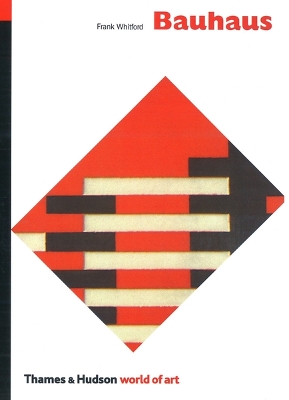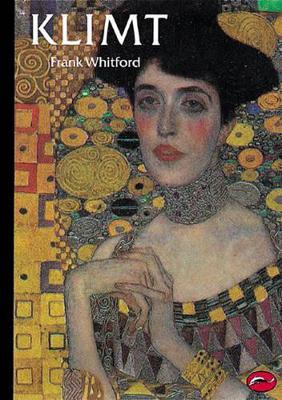World of Art
3 total works
The way our environment looks, the appearance of everything from housing estates to newspapers, is partly the result of a school of art and design founded in Germany in 1919 and closed down by the Nazis in 1933. This was the Bauhaus, which has left an indelible mark on art education throughout the world.
Setting everything against a backdrop of the times, Frank Whitford traces the ideas behind its conception and describes its teaching methods. He examines the activities of the teachers – artists as eminent as Paul Klee and Kandinsky – and the daily lives of the students. Everything is described with the aid, wherever possible, of the words of those who were there at the time.
Setting everything against a backdrop of the times, Frank Whitford traces the ideas behind its conception and describes its teaching methods. He examines the activities of the teachers – artists as eminent as Paul Klee and Kandinsky – and the daily lives of the students. Everything is described with the aid, wherever possible, of the words of those who were there at the time.
Egon Schiele lived in Vienna during its last years as capital of the declining Habsburg empire. Rejected by his family and hounded by society for his interest in young girls, he expressed through his art a deep and bewildering loneliness and an obsession with sexuality, death and decay. Schiele was only twenty-eight when he died, yet he left behind him a body of work that sustains a huge public reputation – and a myth. This book sets out to examine both.
Gustav Klimt’s work brilliantly negotiates the borders between the traditional and the modern, the figurative and non-figurative. His subtly erotic portraits, richly patterned landscapes and enigmatic allegorical compositions are at once sensuous and refined, while his extravagant, ornamental style verges on abstraction.
Obliged to go his own way when he was denied public commissions, Klimt became the leader of the modernists in Vienna, perhaps the greatest portraitist of his age, a landscape painter of dazzling originality and, above all, the creator of extraordinary decorative schemes. Frank Whitford examines the artist’s work against the background of his time – the tragic final years of the Austro-Hungarian Empire.
In the light shed by political and cultural history, Klimt’s paintings and personality emerge with new clarity.
Obliged to go his own way when he was denied public commissions, Klimt became the leader of the modernists in Vienna, perhaps the greatest portraitist of his age, a landscape painter of dazzling originality and, above all, the creator of extraordinary decorative schemes. Frank Whitford examines the artist’s work against the background of his time – the tragic final years of the Austro-Hungarian Empire.
In the light shed by political and cultural history, Klimt’s paintings and personality emerge with new clarity.


